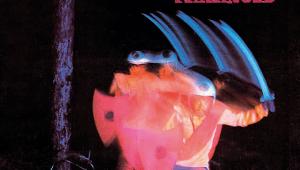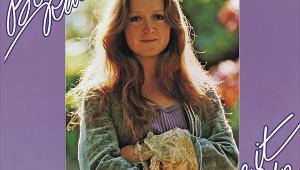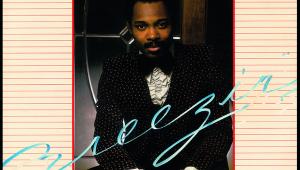Stevie Wonder: Innervisions
![]()
Stevie Wonder's 1973 album Innervisions is widely regarded as one of his best and has featured prominently in magazine polls of the greatest albums of all time. But apart from all the plaudits, it's astonishing that it was his 16th studio album and was released shortly after he had turned 23. At that point the man born Stevland Judkins had already been in the music business for a decade – his single 'Fingertips' had topped both the Billboard Hot 100 pop singles and the R&B singles charts when he was just 13 years old.
![]()
It was followed by a relatively fallow commercial period and, with his voice changing with age, his record label, Motown, was wondering whether his child-star popularity might fizzle out, and there was talk about cancelling his contract. But when he reached 15 he enjoyed a resurgence, co-writing the hit single 'Uptight (Everything's Alright)'. Then, in 1970 his first self-penned hit 'Signed, Sealed Delivered I'm Yours' reached No 1 in the R&B charts and No 3 in Billboard's charts.
New Sounds
But Stevie Wonder's horizons were expanding fast and the following year he was investigating a new album, Zero Time, by Tonto's Expanding Headband, the duo of Malcolm Cecil and Robert Margouleff, who played on a custom-built synthesiser set-up they called TONTO, an acronym for 'The Original New Timbral Orchestra'. It was in constant development and based on a Moog modular Series III with added ARP and Oberheim synthesisers.
![]()
Wonder was interested in exploring the new sounds of these instruments and was introduced to Cecil in New York in 1971. Together with Margouleff they struck up a working relationship, recording Music Of My Mind (released in early 1972) and Talking Book (issued later that year) with Cecil and Margouleff as co-producers, Moog and ARP programmers.
At this point, having reached the age of 21, Wonder was released from his contract with the Tamla Motown label. While he waited for it to be renegotiated, he used the trust fund that the company had set up for him to finance some early recordings.
![]()
Into the new decade he was becoming prolific and engaging with more serious subjects. Cecil recalls that when Innervisions was being formulated they discussed a wide range of topics including George Orwell, economics, war and peace, and Eastern philosophy.
He remembers trying to encourage Wonder to write about social issues. 'We had a friendly challenge going on in the studio,' Cecil told US music magazine Wax Poetics in 2013. 'We pushed each other to be better. It was a healthy competition. We were building something together.'
![]()
Wonder embraced this new role and Margouleff remembers him seeming like a 'messenger' during this time. The optimism of the '60s was still prevalent, but with the '70s came the knowledge that the peace and love tenets of the previous decade were now in shorter supply.
Visionary Wonder
As an African American musician Wonder absorbed Marvin Gaye's disquieted musings on American society on his 1971 album What's Going On? while, at the behest of Stax Records, Isaac Hayes was portrayed on the fold-out cover of his Black Moses album in pseudo-biblical attire – complete with shades – as a leader of people and a focal point for black emancipation. But as a committed Christian, Hayes later felt that the whole business was rather 'sacrilegious'.
















































